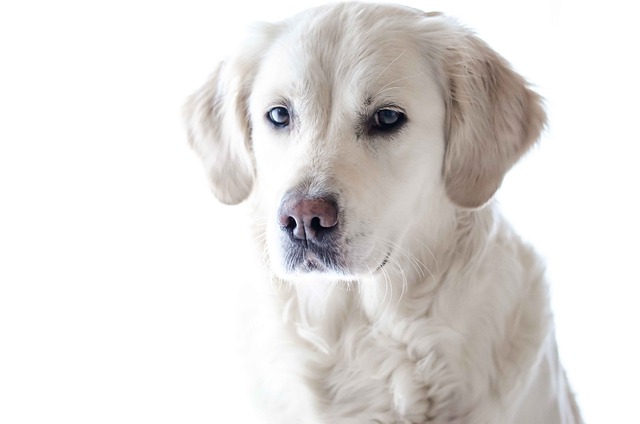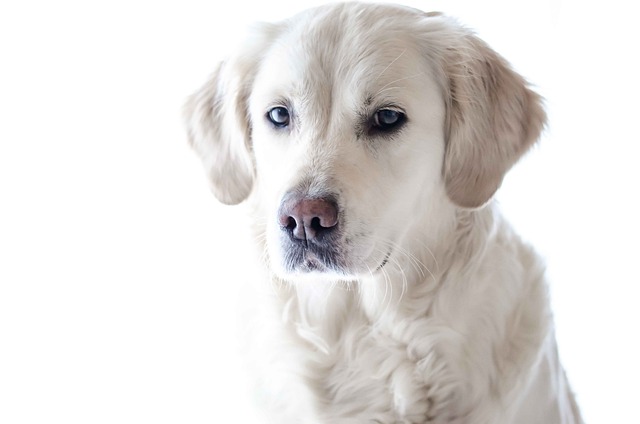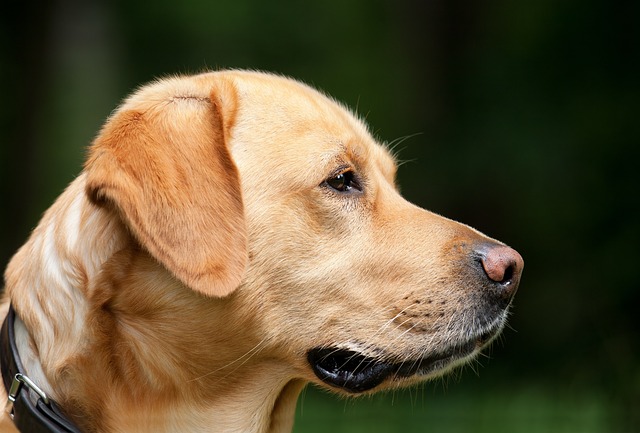
Is it normal for my dog's skin to peel
Is it normal for my dog's skin to peel? If you’ve been brushing your Shih Tzu “Lulu” and noticed tiny, translucent flakes sticking to the brush, or caught a larger patch flaking off
Why did my dog's skin peel off? If you’ve noticed your boxer “Maggie” scratching at her elbow, then lifted her paw to find a patch of skin peeling away—raw, pink, and slightly oozing—you’re probably feeling a mix of worry and confusion. Skin peeling (or exfoliation) in dogs isn’t normal, and it’s usually a sign that something’s irritating or damaging their skin. Let’s break down the common causes and how to help your pup heal.
First, understand that healthy skin doesn’t peel. A dog’s skin has a tough outer layer that protects against the environment, and when it peels, it’s because that layer is damaged. Common culprits include extreme dryness—like after a winter in a heated apartment, where the air saps moisture from skin, making it crack and peel. My cousin in Michigan saw this with her lab “Max”; his belly skin started peeling after months of dry indoor air, but a humidifier and oatmeal baths fixed it. Other causes? Allergies (to grass, food, or even laundry detergent), which trigger inflammation that breaks down skin. Or burns—like from hot pavement in summer, which can blister and peel days later. A friend in Arizona’s pit bull “Rocky” had peeling paw pads after running on asphalt in 105°F heat; the damage showed up 48 hours later.
To help, start by gently cleaning the area. Use a soft cloth dampened with lukewarm water to wipe away loose skin—avoid soap, which can sting. Apply a thin layer of pet-safe moisturizing ointment (ask your vet for a recommendation) to soothe and protect. Keep your dog from licking the area—use an Elizabethan collar if needed, but make it positive: offer extra treats and playtime to take their mind off it. Never scold them for scratching; they’re in pain, and stress will slow healing.

Next, figure out the cause. If it’s dryness, add a humidifier to your home and switch to a moisturizing shampoo. For allergies, note when the peeling starts—after walks? After a new food? A vet can run tests to identify triggers. For burns, avoid hot surfaces and use paw protectors on walks. My neighbor in Texas did this for her dachshund “Ollie,” whose peeling paws healed once she started using dog booties.
Skin care ties into responsible pet ownership. Keep your dog’s rabies vaccine current—required by 4 months in all U.S. states, with fines up to $500 in Los Angeles. A healthy immune system helps skin heal faster, so stay on schedule. When walking, carry poop bags (fines in Chicago hit $250 for skipping) and check for irritants like chemical sprays on grass, which can cause peeling.
Apartment dwellers, wash your dog’s bedding in fragrance-free detergent to avoid skin reactions. Vacuum regularly to reduce dust mites, a common allergen. At dog parks, if your dog rolls in unknown plants, wipe them down afterward—some weeds cause skin irritation.
If peeling spreads, oozes pus, or your dog seems in pain, see a vet—they might prescribe antibiotics for infection. With care, most peeling skin heals in a week or two. When Maggie’s elbow is smooth and pink again, and she stops scratching? That’s the relief you both need—proof that understanding and gentle care go a long way.

Is it normal for my dog's skin to peel? If you’ve been brushing your Shih Tzu “Lulu” and noticed tiny, translucent flakes sticking to the brush, or caught a larger patch flaking off

Why did my dog's skin peel off? If you’ve noticed your boxer “Maggie” scratching at her elbow, then lifted her paw to find a patch of skin peeling away

Do dogs sweat through their foot pads to help them keep cool? If you’ve ever noticed your golden retriever “Max” leaving damp paw prints on the kitchen floor after a long summer walk

New puppy owners often fixate on making sure their fuzzy bundle gets every nutrient possible, and calcium—vital for growing bones and teeth—tops many worry lists.

how can i protect my dogs paws from heat? If you’ve ever stepped barefoot onto asphalt on a July afternoon in Florida, yelping and leaping back

How do you maintain a dog's coat? If you’ve found tufts of your golden retriever “Bailey’s” fur clinging to every couch cushion, or noticed his once-shiny coat looking dull and matted